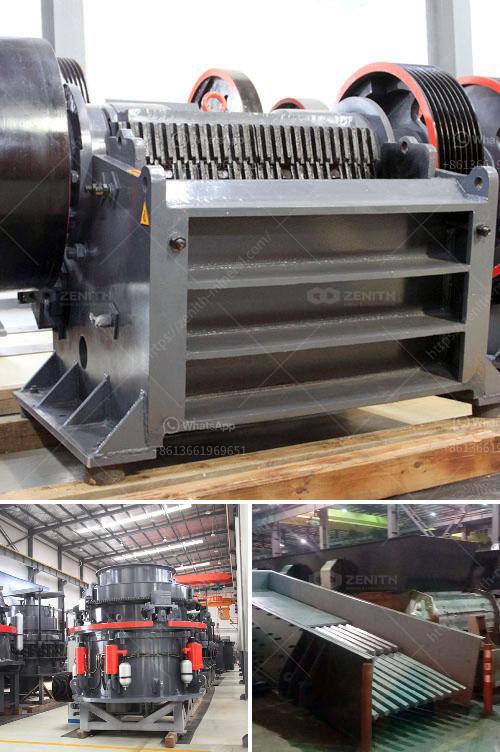Crushing small gravel into sand typically requires a few steps and the use of specific equipment. Here's a general guide:
-
Selection of Machinery:
- Jaw Crusher: Ideal for coarse crushing. It breaks down large pieces of gravel.
- Cone Crusher: Suitable for secondary crushing. It further reduces the size of the gravel.
- Impact Crusher: Useful for tertiary crushing and achieving finer particles.
-
Initial Crushing:
- Feed the small gravel into a jaw crusher. This will break the gravel down into smaller, more manageable pieces.
-
Secondary Crushing:
- Transfer the crushed material from the jaw crusher to a cone or impact crusher. This step helps in achieving smaller particle sizes suitable for sand.
-
Screening:
- Use a vibrating screen to separate finer sand particles from larger gravel pieces. This helps in ensuring uniformity in the final product.
-
Fine Crushing:
- If necessary, run the separated gravel through an additional round of impact or cone crushers to achieve the desired fine sand consistency.
-
Final Screening:
- Conduct a final screening process to ensure only fine sand particles are collected. This can involve multiple layers of screens to remove any remaining larger particles.
-
Quality Control:
- Conduct tests to ensure that the crushed material meets the desired specification for sand. This can include checking the particle size distribution and other relevant parameters.
Safety Tips:
- Always wear appropriate personal protective equipment (PPE).
- Follow the manufacturers' guidelines for operating the machinery.
- Ensure proper maintenance of equipment to prevent malfunctions.
Remember that the exact process and equipment might vary depending on the specific requirements and volume of production. If you're planning to undertake this process on a large scale, consulting with a professional in the field or a manufacturer of crushing equipment is advisable.

